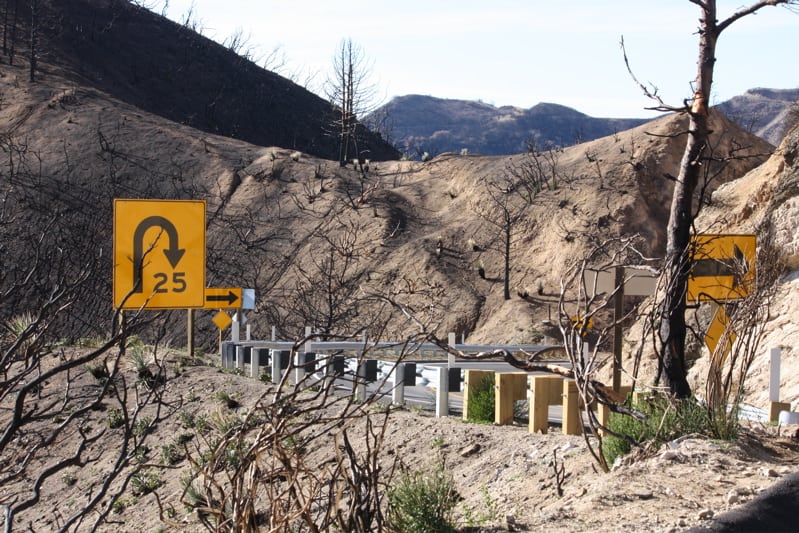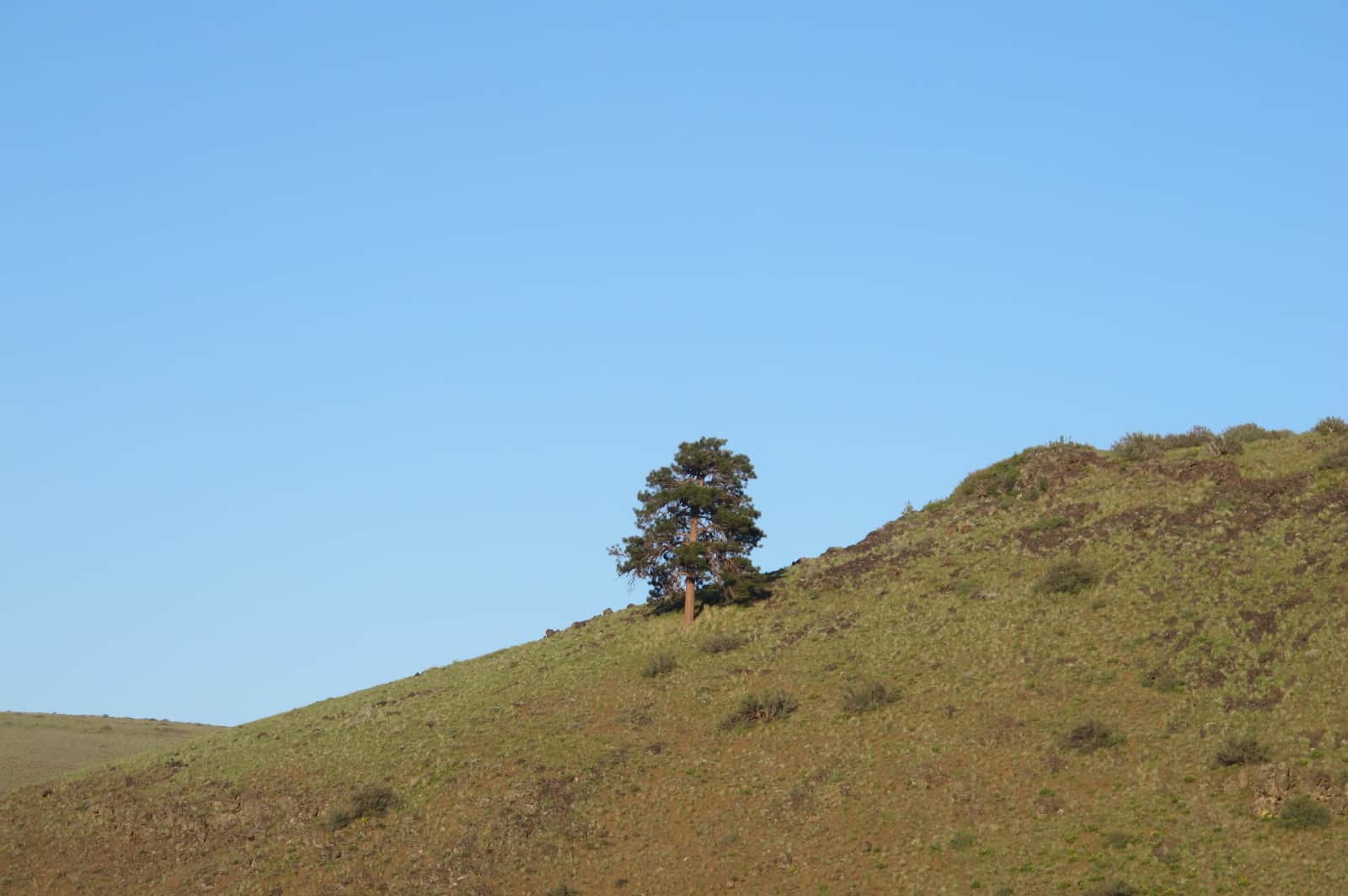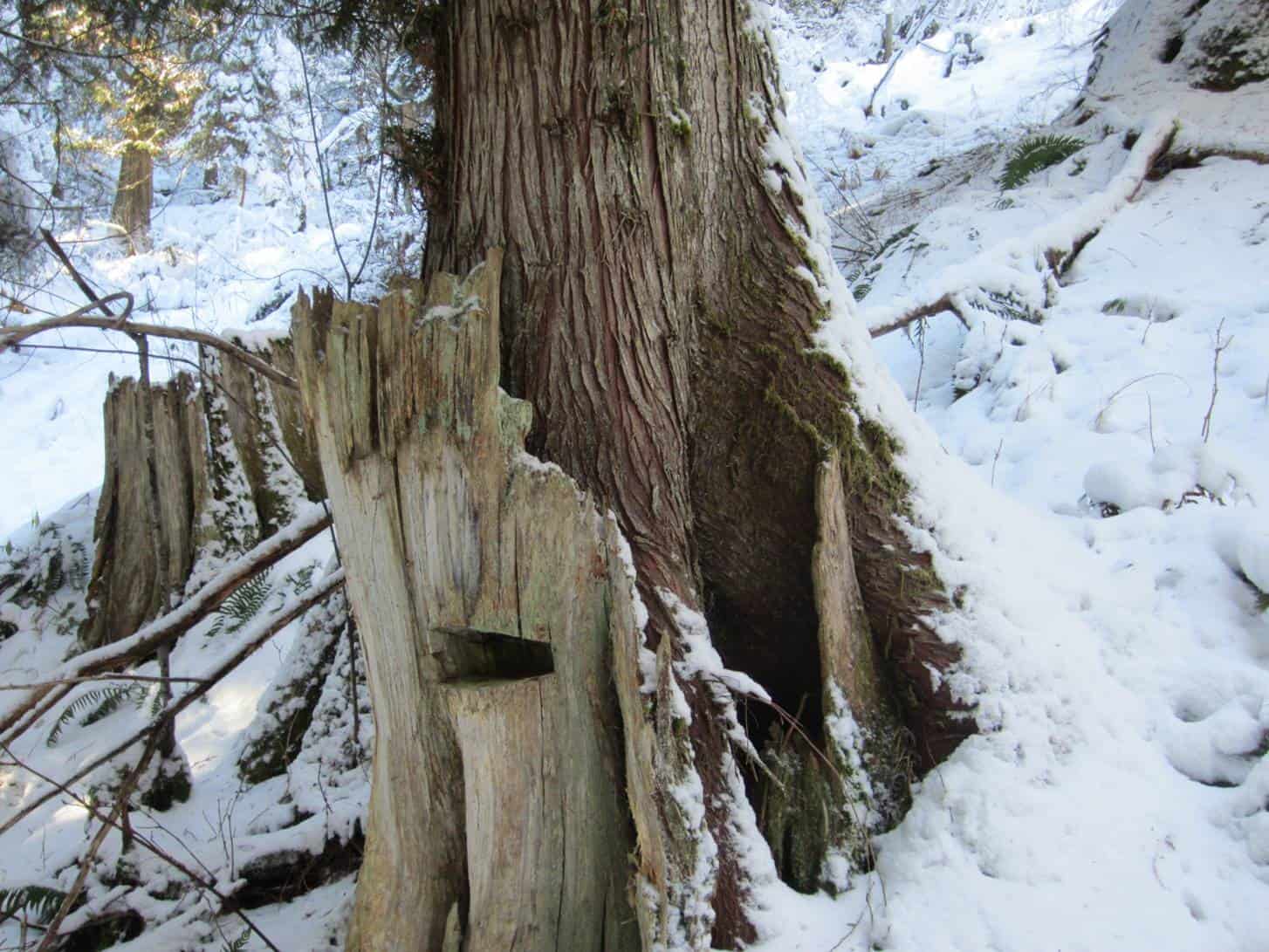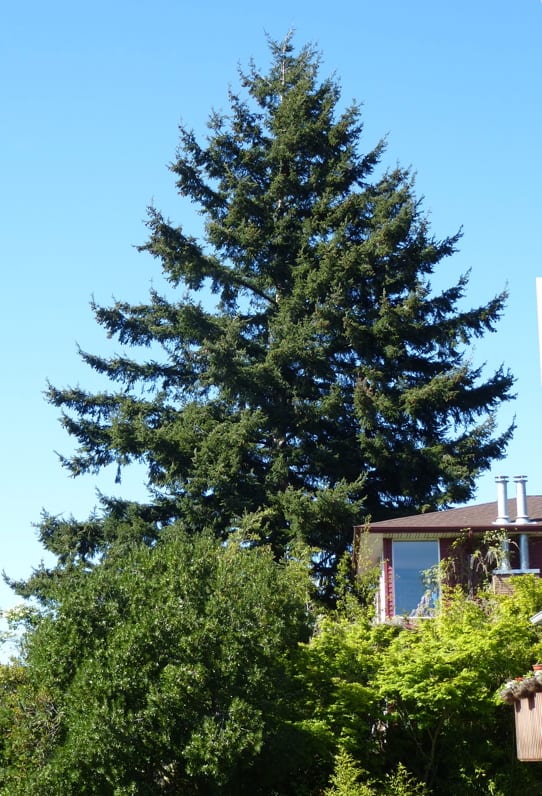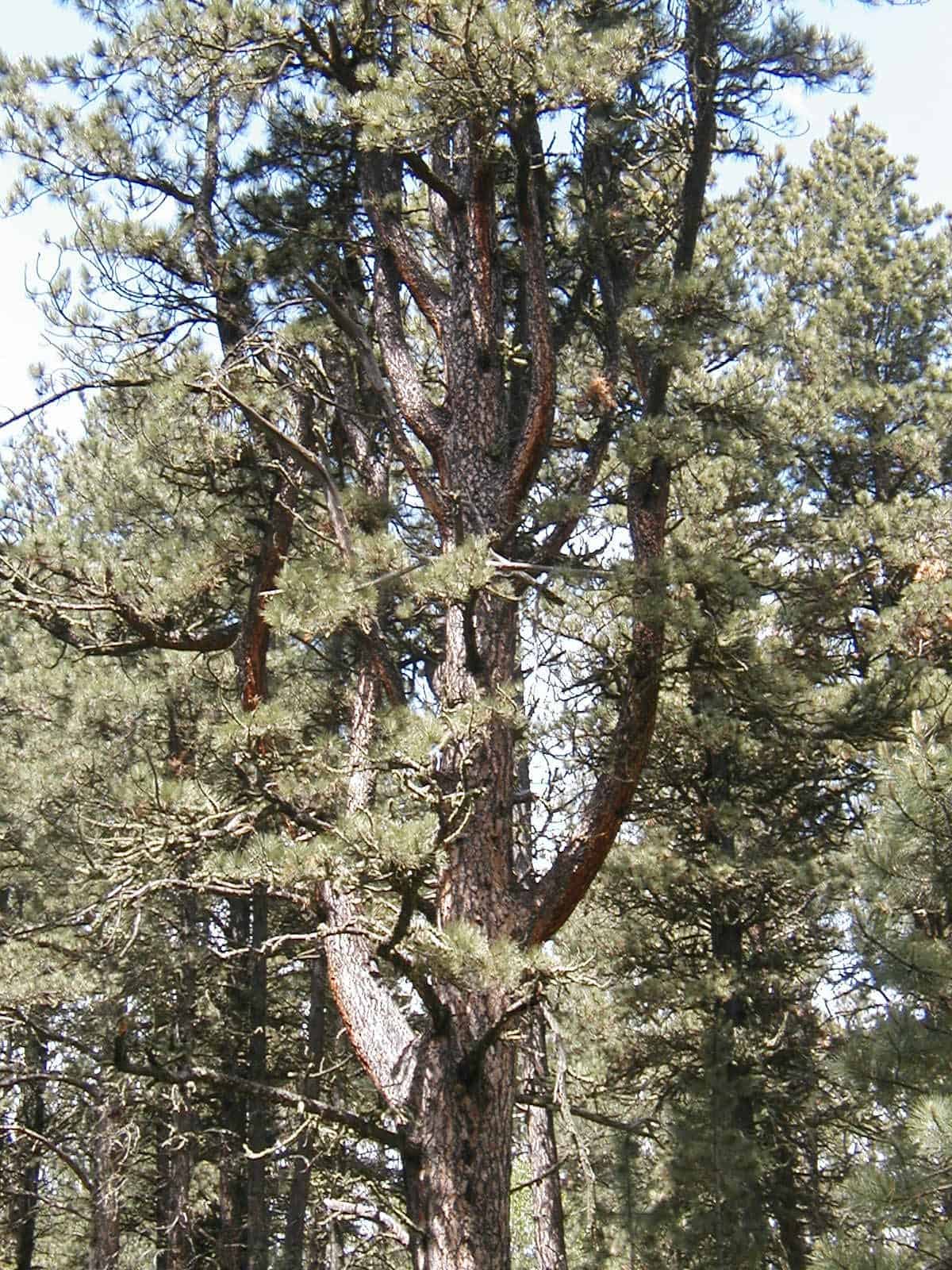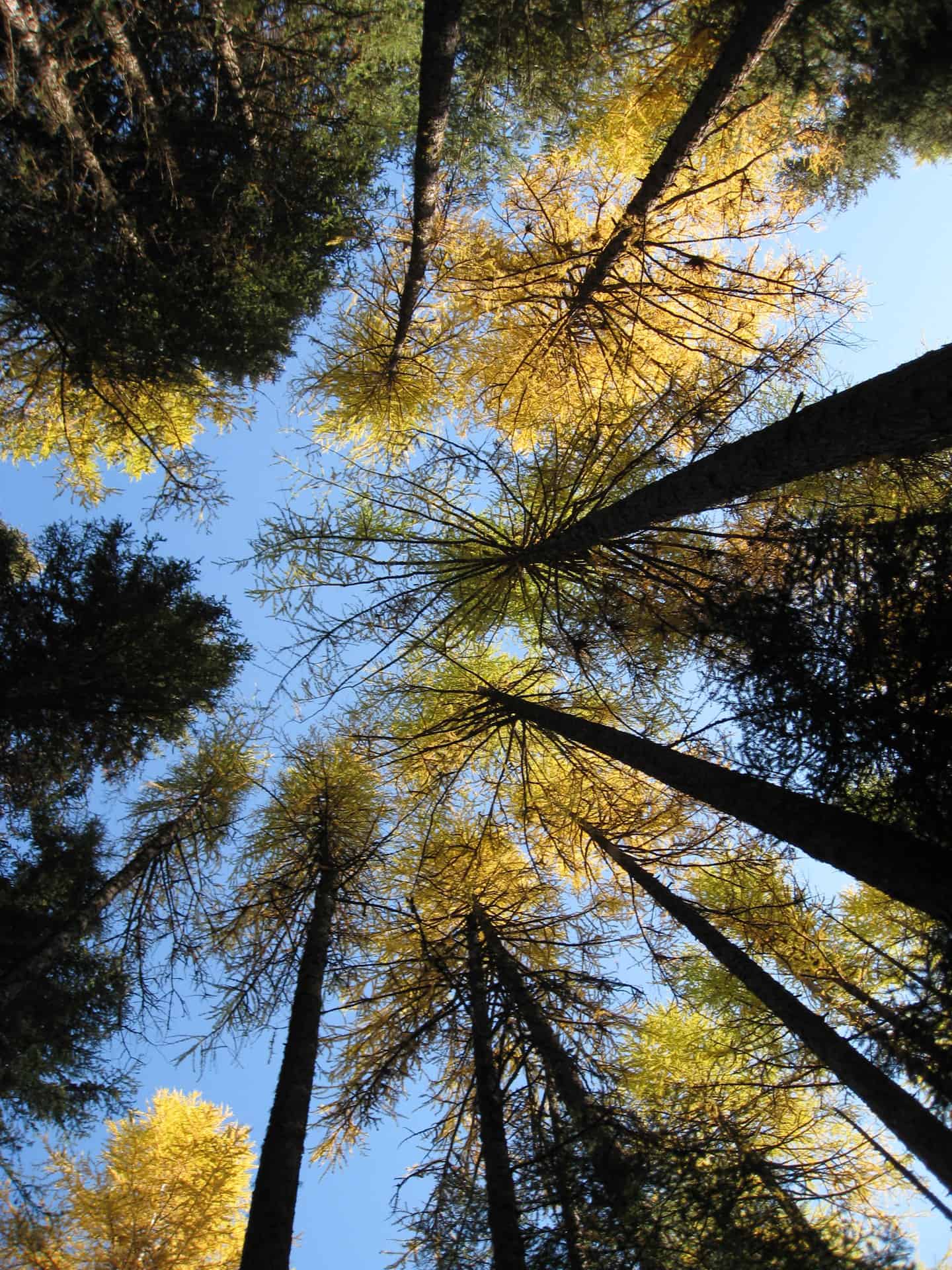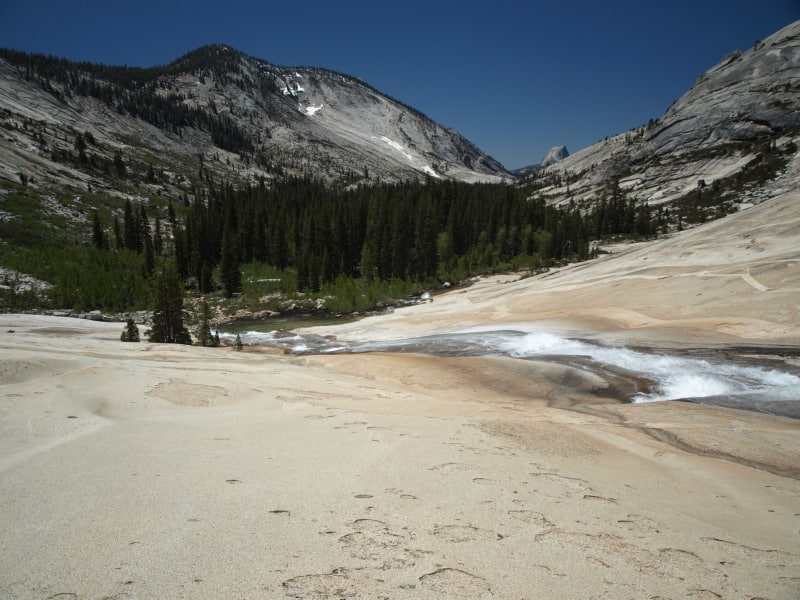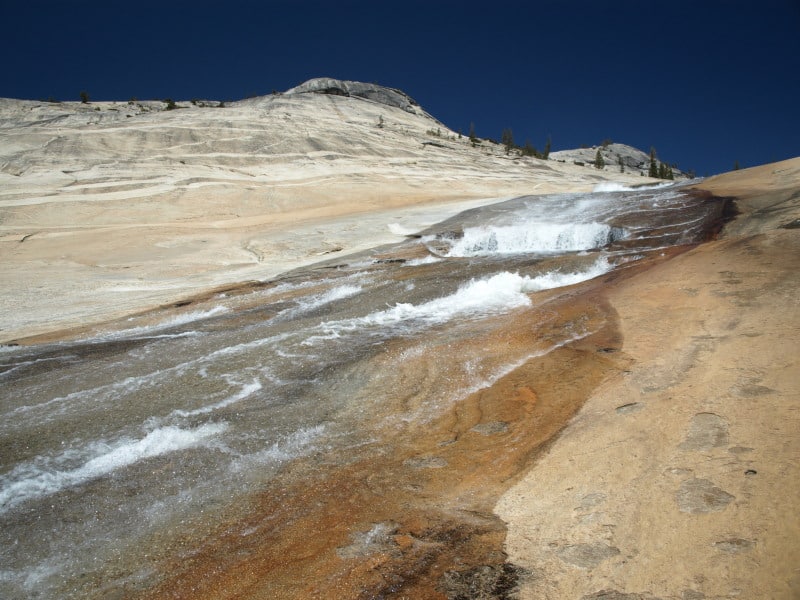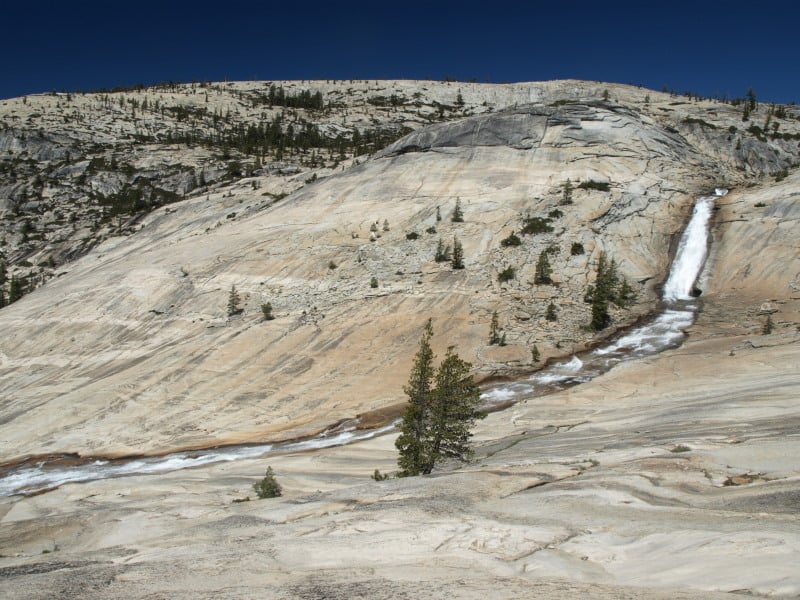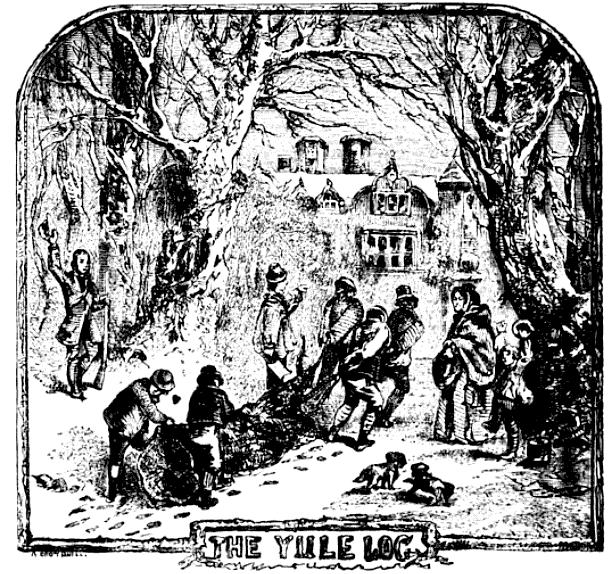Char sent this as a comment on another thread, so I thought I would repost. Kudos to NFF; it is good to hear positive stories about people working together.
Here’s a video.
Excerpt below..
The life-giving watershed is in trouble, however, in part as a consequence of the 2009 Station Fire. Ignited by an arsonist late that August, it blew up into the largest conflagration in the recorded history of Los Angeles. Torching approximately 250 square miles during its two-month-long fiery run, it burned through chaparral shrubland, oak woodlands, and up-elevation mixed pine forests.
Particularly hard hit were riparian and terrestrial ecosystems within the upper reaches of the Los Angeles River, including those in Big Tujunga Canyon. Depending on the location within the 97,000-acre canyon, the Station Fire charred upwards of 95% of the subwatershed’s vegetation.
As every Angeleno knows, or should understand, wildland fire comes with a one-two punch: after flames scorch the earth during the now-extended spring-to-fall fire season, the unstable soil can wash away in a hurry if lashed by winter storms.
That pattern was manifest during the colder, rainy months of late 2009, early 2010. According to the NFF, the post-storm sediment discharge from Big Tujunga Canyon alone “proved to be three to four times higher than normal, and annual sediment yield increased to levels 15-25 times higher than normal during the first year post-fire.”
Those super-heavy debris-and-rock flows, with the battering force of concrete slurry, gouged out creek- and riverbeds, rampaged through sensitive habitat, and damaged regional water quality, jeopardizing the life chances of the Santa Ana speckled dace, Arroyo chub, Santa Ana sucker, and the western pond turtle.
Some of these harms will be repaired through a slow process of natural regeneration, as has occurred over the millennia. Yet so dependent is Los Angeles on this canyon for water, so vital are its recreational offerings — more than one million visitors annually walk its trails, camp, fish, or simply rest beneath the shade of a spreading oak — and so invaluable is the biodiversity that it sustains, that the NFF, the Forest Service, and a host of local partners have agreed to raise $5 million to accelerate the restoration of Big Tujunga.
